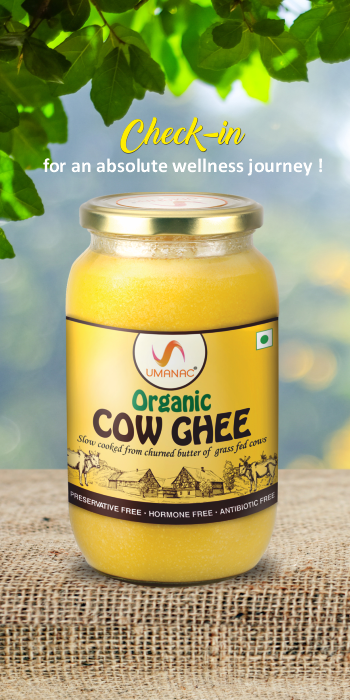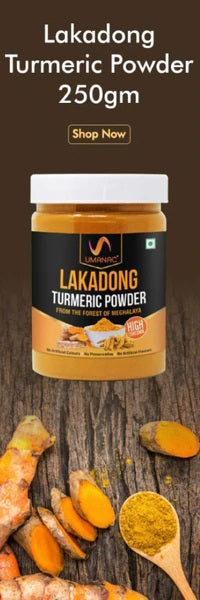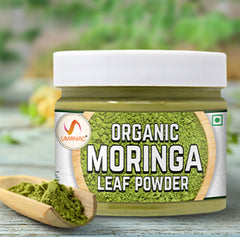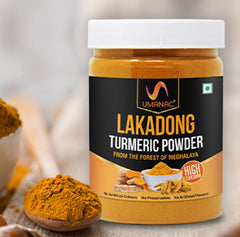In today's fast-paced society, hypertension, or high blood pressure, is becoming a major problem. Work stress, bad eating habits, and sedentary lifestyles are all contributing reasons to this silent killer. While reducing processed foods and managing stress are important, controlling salt intake is essential in blood pressure management.
But what if we told you that salts aren't all made equal?
Let's look at the best salt for high blood pressure and why Himalayan Pink Rock Salt is gaining popularity among health-conscious individuals.
The link between salt and blood pressure
Table salt, also known as refined white salt, includes sodium chloride, which causes the body to retain water. This extra fluid raises blood volume, exerting more strain on blood arteries and resulting in higher blood pressure.

Most processed and quick meals contain hidden sodium, and when mixed with ordinary salt, they frequently surpass the recommended sodium consumption of 1,500-2,300 mg per day (according to the American Heart Association).
The different types of salt – a quick comparison


Which salt is good for high BP (blood pressure)?
Himalayan pink salt is extracted by hand from the old salt deposits in the Himalayan region. It is minimally treated, giving it its signature pink hue while preserving its natural trace minerals, such as:
• Potassium
• Magnesium
• Calcium
• Iron
• Zinc
These minerals not only give it a unique flavour, but they may also help the body naturally regulate sodium levels.

Himalayan Pink Rock Salt Benefits
Here's how Himalayan pink salt can help improve your health, especially if you have hypertension.
Low Sodium Content: While both table salt and pink salt contain sodium, Himalayan salt crystals are less thick and have slightly less sodium per volume. This means you may consume less sodium per serving if you use it in crystal or coarse form.
Rich in essential minerals: 84+ trace minerals can be found in Himalayan pink salt, including:
• Magnesium: Lowers blood pressure and relaxes blood vessels.
• Potassium: Maintains heart health and balances sodium levels.
• Calcium: Promotes the health of muscles and arteries.
These minerals do not exist in processed table salt.

No additives and chemicals: Himalayan pink salt, unlike commercial salts, is naturally occurring and free of additives. Many table salts contain anti-caking agents, bleaching chemicals, or added sugars, which provide no health benefits and may be detrimental over time.
Improved taste: Himalayan pink salt has a stronger flavour, so you may use less of it while still enjoying your dish. Reduced consumption equals decreased sodium intake.
Supports better hydration: Pink salt, when added to water (such as Sole water), helps balance electrolytes and promotes hydration, which is especially helpful for people who want to naturally regulate their blood pressure.
The Himalayan pink salt uses
• Sprinkle lightly over cooked meals rather than cooking with salt.
• Add to lemon water or detox drinks (see a doctor if taking medication).
• Add to homemade spice blends or spices.
• Use in pickling or fermenting for its mineral content.

Be careful: Himalayan salt is still salt, even though it's healthier; moderation is essential. Always get your doctor's approval before making dietary changes, particularly if you're using blood pressure medicine.
When to Avoid Even Healthier Salts?
• If you suffer from severe hypertension, your doctor could suggest cutting back on all forms of salt.
• People with kidney difficulties may need to decrease their potassium consumption.
• Never use "healthy salt" to mean "consume more." Be mindful about portion control.
Conclusion
Yes, in moderation, Himalayan pink rock salt is considered a healthier option to ordinary table salt for people with high blood pressure. It's a better option because of its natural origin, lower sodium density, and mineral-rich profile.
However, keep in mind that the ultimate objective is to adopt a heart-healthy lifestyle and minimise overall sodium intake. Himalayan salt can play a minor but significant role in that adventure.
Disclaimer –
This information is provided for educational and entertainment purposes only. We do not accept any responsibility for any liability, loss or risk, personal or otherwise, incurred as a consequence, directly or indirectly, from any information or advice contained here.











